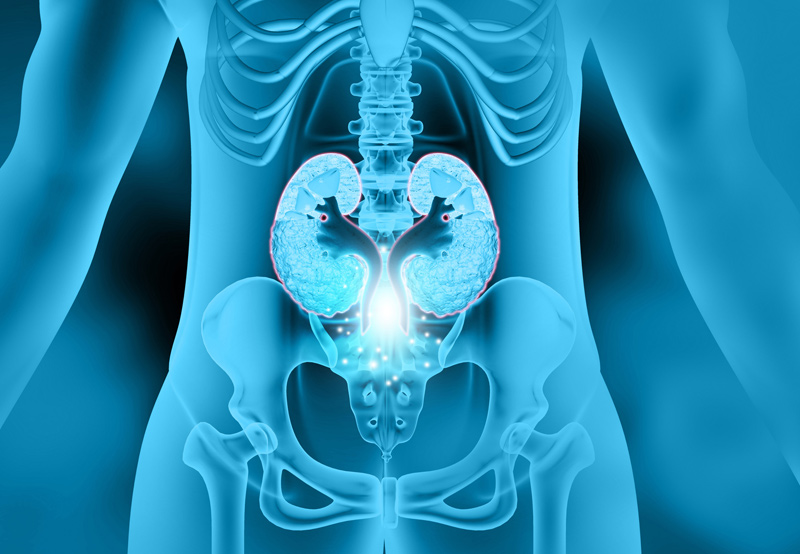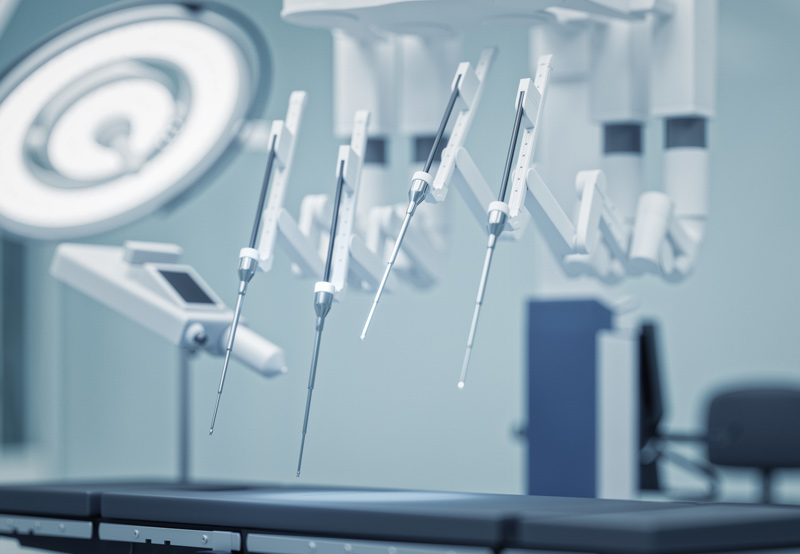

Robotic pyeloplasty is a surgical procedure done to treat ureteropelvic junction (UPJ) obstruction. The UPJ is the region of the ureter where the renal pelvis connects to the proximal ureter.
An obstruction occurs when the flow of urine between the ureter and renal pelvis is minimized or stopped completely, causing urine to build up and damage the kidney. As a result, patients may experience pain, kidney stones, and impaired kidney function.
Causes of UPJ Obstruction
The condition may be congenital or acquired. Causes may include intrinsic stenosis, ureteral valves, lower pole accessory vessel, high ureteral insertion with kinks, adhesive bands, vesicoureteral reflux, iatrogenic injury, malignant neoplasms, benign neoplasms, and inflammation with scarring.

Signs and Symptoms of UPJ Obstruction
Patients with UPJ obstruction may exhibit the following signs and symptoms:
- Abdominal pain
- Nausea and vomiting
- Intermittent pain
- Ipsilateral flank pain
- Gastrointestinal symptoms
- Renal pelvis calculi
- Urinary tract infection (UTI)
- Elevated serum creatinine
- Reduced renal function
- Hydronephrosis
- Delayed kidney drainage
Diagnosing UPJ Obstruction
To diagnose UPJ obstruction, the physician will begin by reviewing the patient’s medical history and performing a physical examination. The physician will need to know if the patient has a history of urinary tract infections, hematuria, or nephrolithiasis. Both a functional and anatomic evaluation will be done to give the physician more information about the patient’s condition. Depending on the patient’s condition, they may benefit from treatment with robotic pyeloplasty.
The Benefits of Robotic Pyeloplasty
Benefits of treatment include less scarring, faster healing, and less post-surgical pain compared with other surgical procedures.
What to Expect During Robotic Pyeloplasty
A robotic pyeloplasty is a minimally-invasive procedure done to remove the UPJ obstruction. During surgery, the abdominal cavity is filled with CO2 gas and laparoscopic instruments are inserted through the ports. The surgeon will then use small instruments to reach the affected kidney and remove the blockage. The urinary tract will be reconstructed to repair any damage to the ureter and kidney. Surgery typically takes about three hours.
Risks of Robotic Pyeloplasty
Prior to surgery, the physician will explain the risks of the procedure; these may include extra bleeding, scarring, infection, hernia, blood clots, and damage to surrounding organs, such as the small intestine, stomach, large intestine, major blood vessels, liver, spleen, pancreas, ovary, Fallopian tube, and bladder.
The Recovery Process
The patient will need to stay in the hospital for a day or two after surgery. They will be able to eat and drink a few hours after the procedure.
Patients will be encouraged to get up and move around, but should avoid strenuous activities. A nurse will administer intravenous antibiotics and tend to the patient’s urinary or Foley catheter. The patient may have a double-J catheter or a percutaneous nephrostomy (PCN) tube inside their urinary system. These tubes function as the ureter to give it time to heal.
The ureter may be swollen and cause pain for a few days after surgery. Patients may take pain medication orally or intravenously. A bladder spasm may also cause pain due to irritation from the catheters and other tubes.

